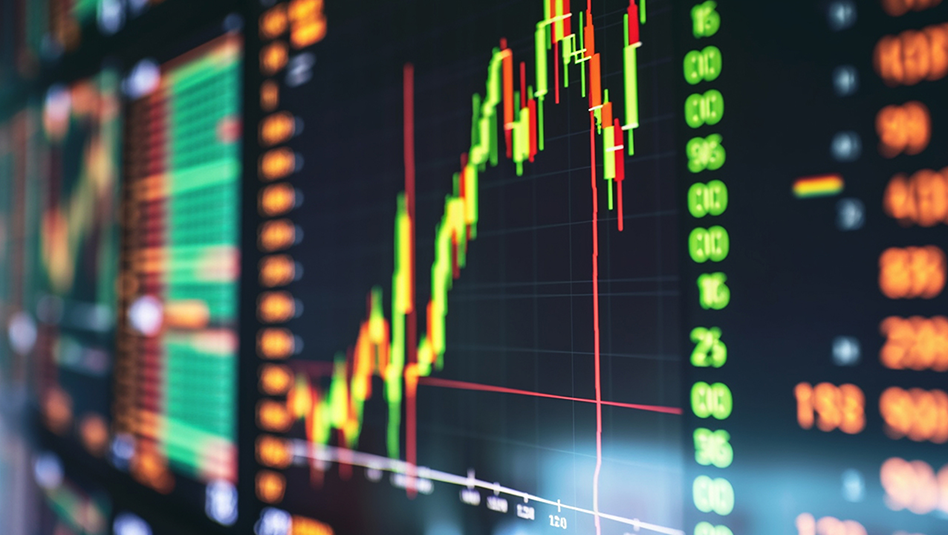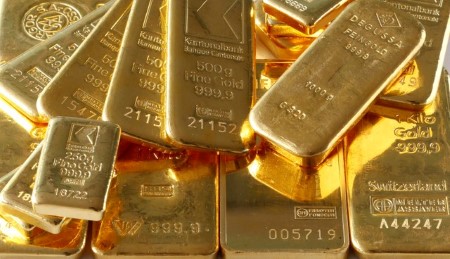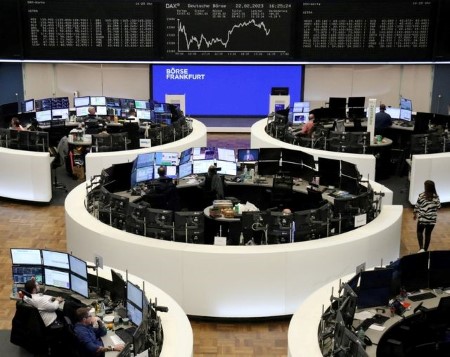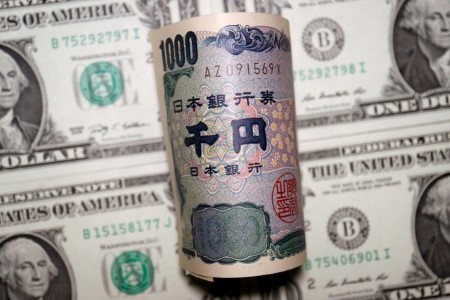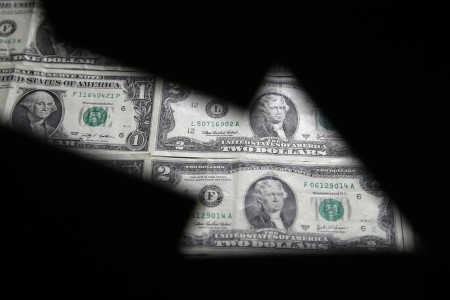NEW YORK, March 2 (Reuters) – Oil prices rose on Thursday, boosted by signs of a strong economic rebound in top crude importer China and easing worries of aggressive US rate hikes.
Brent crude futures settled at USD 84.75 a barrel, gaining 44 cents, or 0.5%. US West Texas Intermediate (WTI) crude futures settled at USD 78.16 a barrel, rising 47 cents, or 0.6%.
Manufacturing activity in China grew last month at the fastest pace in more than a decade, data showed on Wednesday, adding to evidence of a rebound in the world’s second-largest economy after removal of strict COVID-19 curbs.
China’s seaborne imports of Russian oil are set to hit a record high this month as refiners take advantage of cheap prices.
Also helping prices were comments by Atlanta Federal Reserve President Raphael Bostic, who said the Fed should stick with “steady” quarter-point rate increases for now to avoid an economic downturn.
“We’re getting battered about by the Fed speak, but the Bostic comments seemed to help oil,” said John Kilduff, partner at Again Capital LLC in New York.
The remarks eased concerns sparked earlier when strong US unemployment data had investors worried about the possibility of faster and bigger interest rate increases.
Growing expectations of rate increases by the European Central Bank (ECB) after a faster than expected acceleration in consumer prices in France, Spain, and Germany, kept oil from moving higher.
“Resurfacing inflation worries contributed to the souring mood,” said PVM Oil analyst Tamas Varga. “Persistent inflation anxiety will act as a break on a prolonged rally in the immediate future.”
Euro zone inflation rose in February to a higher-than-expected annual rate of 8.5%, according to a first estimate from the EU’s statistics agency.
ECB minutes on Thursday suggested the central bank may keep raising interest rates beyond the March meeting in two weeks, ING Economics said.
In the United States, a 10th consecutive week of crude stock builds also weighed on the market.
Oil was also pressured by a strengthening dollar, after US unemployment claims pointed to a strong jobs market. With other data showing growing labor costs, investors expect the Federal Reserve will keep interest rates higher for longer.
The number of Americans filing new claims for unemployment benefits fell again last week.
“(The) prospect of further US rate hikes (is) likely to maintain US dollar strength in providing a major upside limiter on oil pricing,” said Jim Ritterbusch of consultancy Ritterbusch and Associates.
(Additional reporting by Rowena Edwards and Emily Chow in Singapore; Editing by Emelia Sithole-Matarise, David Gregorio and Susan Fenton)



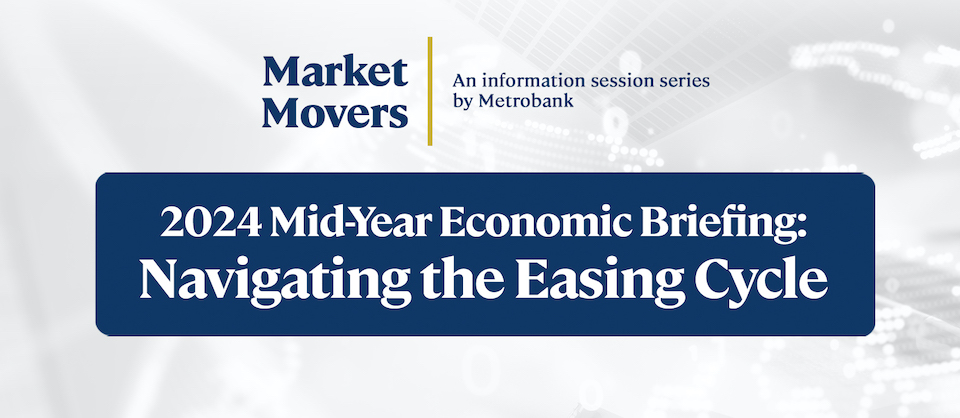



 DOWNLOAD
DOWNLOAD

